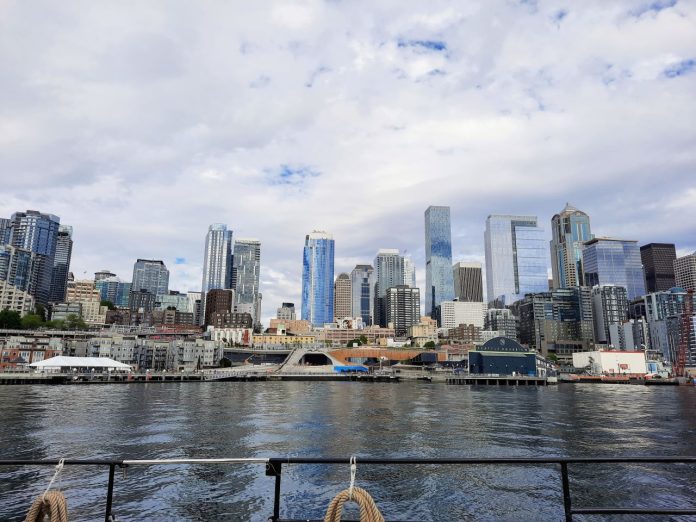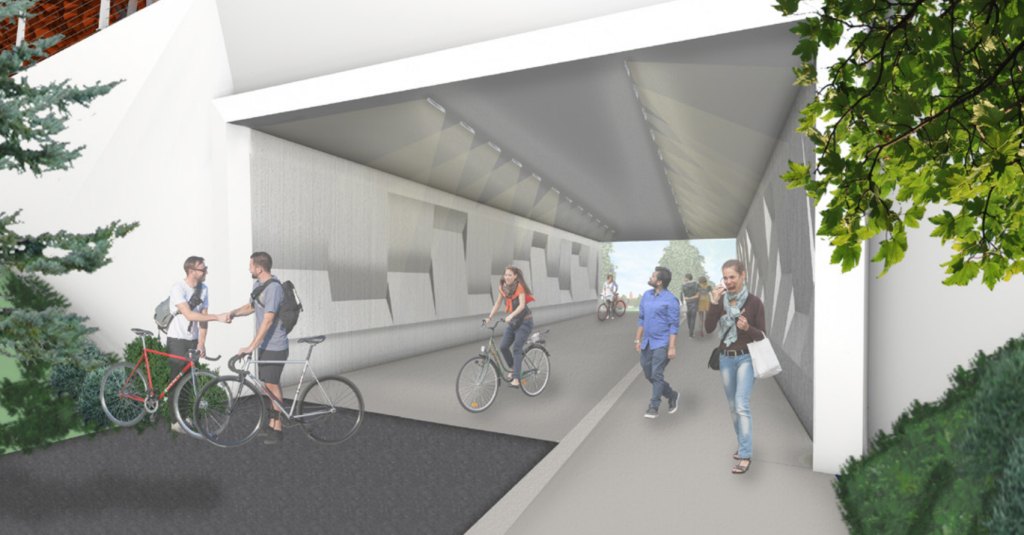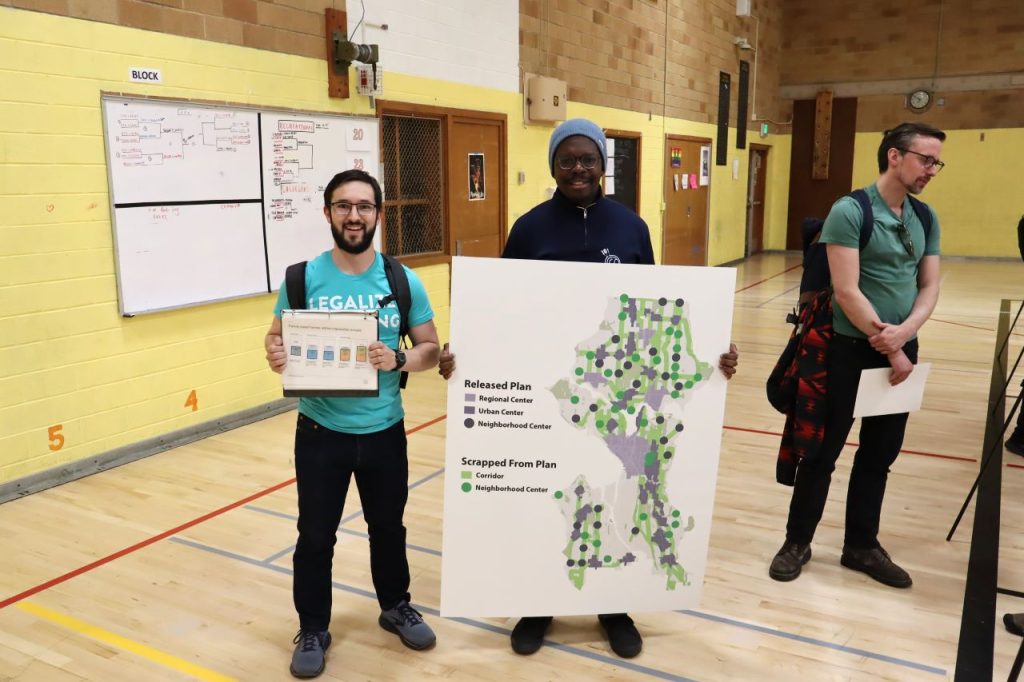
The Urbanist’s fall member drive is here, and we’re counting on readers to step up to keep our organization strong. Give today so that our team can keep growing.
Over our decade of existence, The Urbanist has become a fixture in Puget Sound journalism and advocacy. Whether policymakers, advocates, or average citizens, people rely on our coverage to shed light on complex issues and stay on top of what’s going on.
We do in-depth, nuanced reporting on topics crucial to the wellbeing of cities and the communities within them. Housing, transportation, safety, and environmental stewardship are daunting to grasp on their own and intertwined in ways that are complicated to unpack. Our writers do that work to break down those issues in digestible ways and draw the connections.
Our advocacy agenda seeks to identify both low-hanging fruit and cultivate a long-term crop of deeper policy victories with lasting impact. Our news and editorial coverage underscores that agenda and seeds the policy debate.
Take for example: our coverage of the state’s plan to drop a key trail tunnel from the SR 520 Portage Bay project. We broke the story, highlighting that the move would only save about $10 million or 1% of the massive highway project’s budget, while compromising road safety. We proceeded to amplify an advocacy campaign that sprung up to oppose the cut. Within months, the Washington State Department of Transportation had backed off the cut; the trail tunnel was saved.

That’s the power of The Urbanist, and what members support when they give and tune in.
The Urbanist was also first to reveal that Seattle planning staff had proposed in 2023 a “One Seattle” 20-year growth plan with much more housing capacity and diversity before Mayor Bruce Harrell’s team intervened to water down and delay that proposal. We ran a series of articles that laid out the drawbacks of going small and covered the ways the pro-housing movement was pushing back and urging the City to pursue the original “housing abundance map,” which had been buried from public view until we published it.

That pressure led to assurances that the final proposal will be more pro-housing and ambitious, although the proof will be in the final plan documents released later this month and the course the Seattle City Council takes in modifying the plan.
We love breaking big news and finding a wide variety of stories to tell every day, but it takes a ton of work and effort.
Contributing Editor Ryan Packer and I are the two full-time employees that make The Urbanist happen, alongside our broader team of volunteers and freelancers. We’re deeply grateful for the support our readers provide, but we’re also looking to grow our staff and support a larger paid freelance writer program so that we can broaden our work and ensure our masthead is built to last. Currently, our budget allows us to accept about ten articles per month from freelancers, but greater resources would allow us to expand that program. Donate today!
Our goal for this drive is to add 100 members with recurring donations. Whether you give $5 per month or $50, your donation means the world to us, and really makes a difference. We are committed to keeping our content free for everyone and not buried behind a paywall. Please help support the next 10 years of The Urbanist with a generous monthly or annual membership, or a one-time donation.
NOTE: The Urbanist has switched to a new donor platform that has more features for subscribers, like being able to adjust your credit card yourself. If you have any questions, please email finances@theurbanist.org.
Doug Trumm is publisher of The Urbanist. An Urbanist writer since 2015, he dreams of pedestrian streets, bus lanes, and a mass-timber building spree to end our housing crisis. He graduated from the Evans School of Public Policy and Governance at the University of Washington in 2019. He lives in Seattle's Fremont neighborhood and loves to explore the city by foot and by bike.

